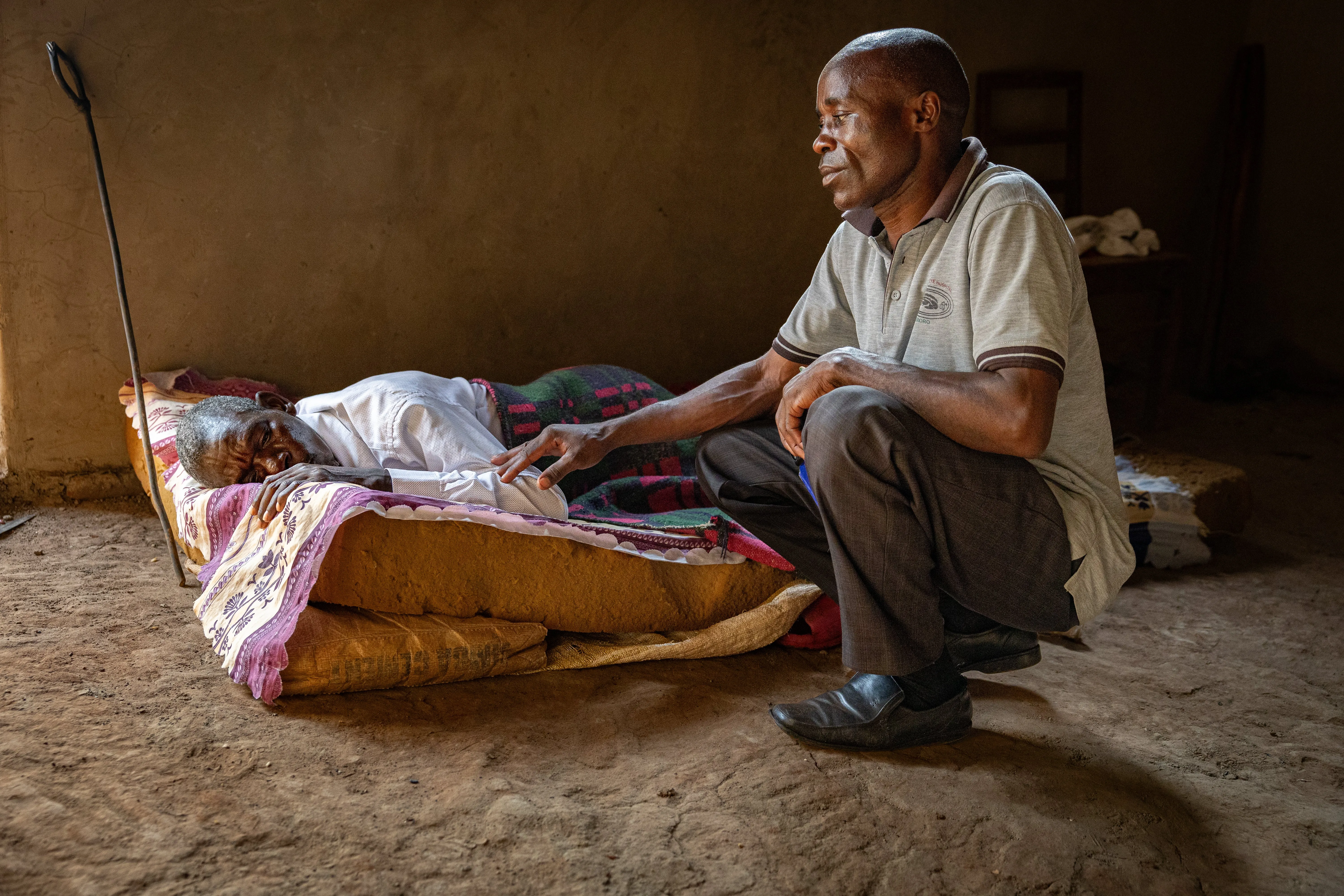The Greek islands are more than sun-kissed shorelines, turquoise waters, and whitewashed towns. Underneath their beautiful scenes lies a profound and old store of mythology—tales of divine beings, beasts, heroes, and epic ventures that molded the Western world’s social creative energy.
Each island whispers privileged insights from the past, mixing myth with history, legend with scene. In this web journal, we travel through a few of the most amazing Greek islands, revealing the myths and secrets that proceed to charm travelers and storytellers alike.
Why Mythology Still Matters?

The myths of the Greek islands are more than ancient stories—they are social codes that made a difference old individuals clarify the secrets of life, nature, and human behavior. Nowadays, these stories still reverberate, welcoming us to see the scene through a diverse lens.
Read Also: Michael Bolton How Am I Supposed to Live Without You?
When you walk the shorelines of Naxos, peer into the ruins of Delos, or look at the dusk in Santorini, you’re not fair a traveler—you’re portion of an antiquated story still unfolding.
Mythical isles
On the Greek islands, which mirror the breathtakingly blue Agen and Eonian seas, traditions erase the day of ancient Greece. These traditions tell the stories of Goddesses, Apsaras and heroes, demons and youths. Although the striking physiological remains of cities, monuments and temples are still accessible to us, let's look at the incredible stories that are located under the stones.
Crete: Palace of Knossos
An ancient civilization that lived in Crete 2,400 years ago in Christ, which included the mythological palace in Nosos. Dadlas, who was later imprisoned with his son Ikaras so that it is credited to design the palace, to keep the secrets of the esoteric labyrinth secret. Ikaras died when he reached very close to the sun, when the two ran on their homemade wings, melted the wax that kept them together.
Crete: fresco of bull jumping
Homer tells us that every nine years, King Minos, son of Zeus and Europe, gathered seven leads and seven girls who, to feed Minotaur, to feed a monster who lived Half man, half bull in the labyrinth.
When the Ice arrived as a sacrifice, Minos's daughter Ariadne fell in love with him and gave him a ball of string to assist him find his way through the labyrinth after he killed the Minotaur. This narrative may have originated from the bull leaping game, as shown above.
Samothrace
This mountainous Northern Island placed the sanctuary of great deities, where Samotrasian mystery- religious rites promising divine protection in the sea performed for more than a thousand years. The blurred peaks of the island were said, where the Posidon was sitting to see the Trojan War, as Homar described in the Elliad.
Despite attaining the famous winged victory statue in the Lauvar, the Samothress remains surprisingly unturist, creating an atmosphere with its wild landscape and ancient ruins where the boundary between myth and reality begins to dissolve.
Crete: Snake Goddess
About this small figure which is currently on performance in the Archaeological Museum in Crete, opinions are different. She can be an ancient Egyptian snake goddess, Estart, whose reproductive religion was adopted by Greeks.
However, this woman may stand for a religious cult priest. Minoans were the previous sophisticated European civilization, but they were brought in by the explosion of the nearby volcano Centorini as a result of the bounce of a possible disastrous tide nearby 1,600 BC.
Delos: Temple of Apollo
The Delos Aegean Sea has a uninhabited island that is just 3.1 miles (5 km) long and has very little water or vegetation. Nevertheless, it was once home of some 30,000 people and served as the center of worship for Apollo's twin sister Apollo and Artemis. The island was placed with both religious and commercial magnificent structures, as a crowd of pilgrims did a lot of commerce with them.
Naxos: Statue of Ariadne
Herodotus claimed in 500 BC that Naxos was the wealthiest of the Greek islands. It is thought that the child Zeus was raised in a cave in the middle of the Cyclade Islands.
According to legend, it is also where Thus left behind King Minos's daughter Aradane, as she assisted her in killing Minotaur. The alcohol god Dononisus married her after falling in love with her. But he killed himself, which is unable to participate from Thessus.
Naxos: Kouroi
On the island of Naxos, three ancient kauraoi, or naked Greek men lie on their back where their sculptors were working. These incomplete marble sculptures, which are in lengths of the 6th century BC and in lengths of 16 to 36 feet (5 to 11 meters), are often responsible for the god of apollo, light, youth and beauty. However, it is also possible that they were in their head to portray mortal men, who were to be used as a burial marker.
Icaria
Nominated for tragic Ikarus, who fell into the sea after flying very close to the sun with wax feathers, this remote island between Myconos and Samos protects its mythological heritage. The south -western coast where Ikaras's body is believed to have dramatic rocks and isolated beaches like ash is accessible by boats only.

Modern Icarian embrace their island's connection with this caution, see their home as a place where human ambitions meet natural boundaries-a philosophy that is reflected in their famous unnatural lifestyle, which has made them one of the longest-living population in the world. Where In Northern Ireland Was Miniladd From?
Gyaros
In Cyclades, this little uninhabited island served as a legendary site, where Leto gave birth to twins Apollo and Artemis after being followed by Tamasic Hera. Ancient texts describe how barren, floating islands were anchored for seabed by Zeus to provide sanctuary for the labour of Loo.
Today, the beautiful beauty and isolation of the island - only accessible by private boat - pursues the primardial landscape described in the myth, with the ruins of an ancient temple, Apollo appears on its eastern headland.
Final Thoughts
Whether you're a history devotee, a mythology buff, or essentially somebody drawn to the excellence of Greece, investigating the legendary roots of its islands includes a wealthy, nearly enchanted measurement to your travel. Each island gets to be more than a destination—it gets to be a living myth. Prepared to set out on your claim journey? Which island’s myth talks to your soul the most?
FAQ's- Enigmatic Mythology Underlying These Greek Islands
Why are Greek islands so closely tied to mythology?
Many Greek islands were central to ancient myths and legends. The Greeks used geography to explain their gods, heroes, and natural phenomena, so real places often became woven into epic stories and divine tales.
Which Greek islands are most famous for their mythological connections?
Some iconic myth-rich islands include:
- Crete – birthplace of Zeus and home to the Minotaur’s labyrinth
- Delos – sacred island said to be the birthplace of Apollo and Artemis
- Rhodes – associated with the sun god Helios and his giant statue
- Ithaca – legendary home of Odysseus from Homer’s Odyssey
- Naxos – linked to Dionysus, the god of wine and revelry
Can you visit these mythological sites today?
Yes! Many islands still have ancient ruins, temples, and museums that connect visitors to the myths. Guided tours, storytelling experiences, and preserved archaeological sites bring legend to life.
What’s the best way to explore the mythology of the Greek islands?
Combine island-hopping with local guides, myth-themed tours, historical readings, and visits to cultural sites. It’s a fantastic way to experience both natural beauty and ancient storytelling.












